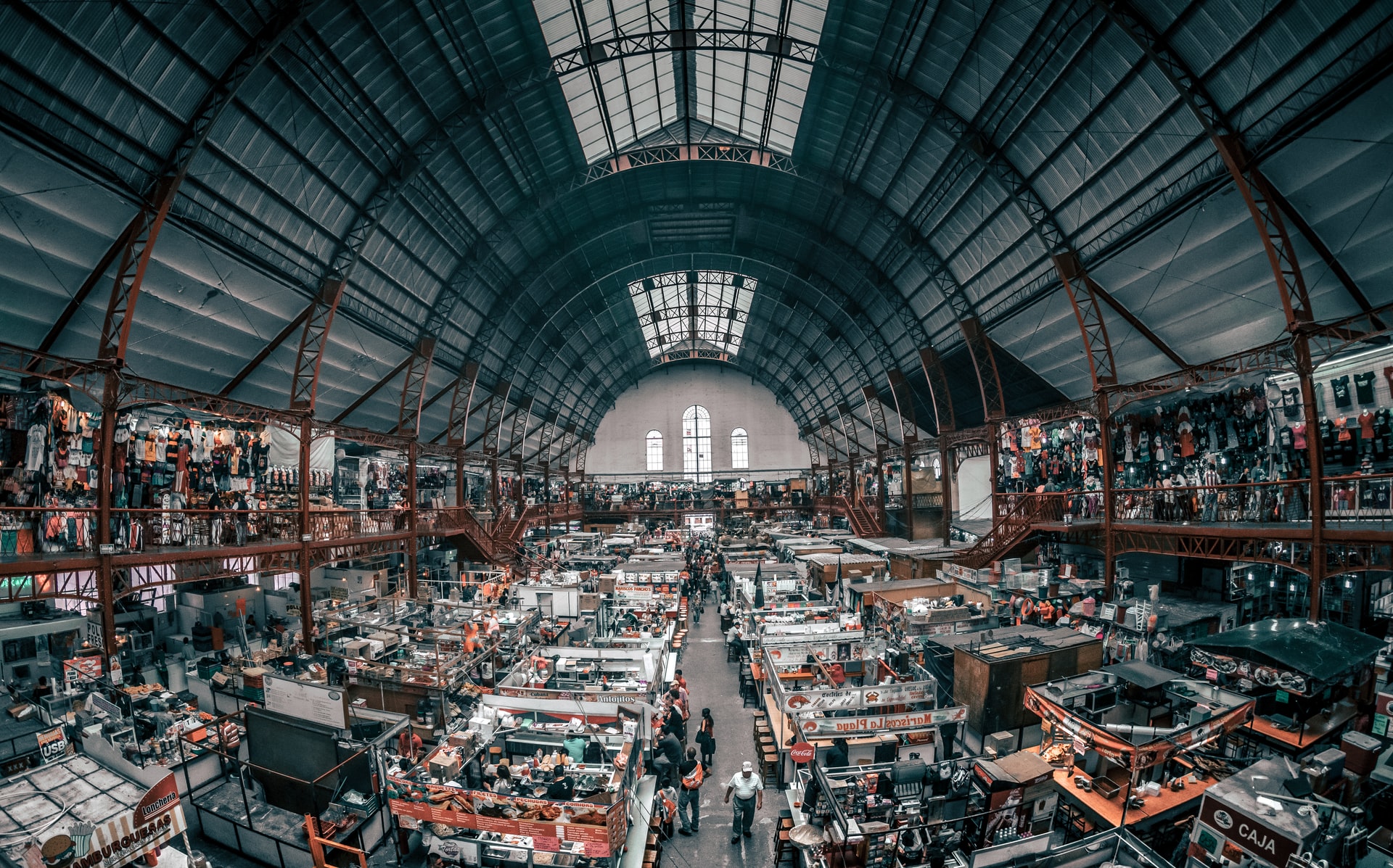A chiller is a machine that removes heat from a liquid by circulating it through a heat exchanger. This cooled liquid can then be used to cool equipment or another process stream. Chillers are used in many industries to control cool products, machinery, or factory machinery.
Before you choose an industrial chiller, be sure to consider the following factors:
1. Process Cooling Fluid
The cooling fluid you choose for your process should be based on its performance properties and compatibility with your equipment. Performance properties include the fluid’s specific heat, viscosity, freezing and boiling points.
When choosing a cooling fluid, consider compatibility with the materials and fluids used in your process, as incorrect sizing can lead to corrosion and early seal degradation.
2. Pressure
Determine the pressure loss across a system by placing pressure gauges at the process’s inlet and outlet. Apply pump pressure to get the values at the desired flow rate. An undersized pump will lessen the fluid flow rate through the cooling loop.
If the chiller has internal pressure relief, the flow will be diverted and back into the chiller. If no internal pressure relief is included, the pump will provide the needed pressure and run at dead-head pressure or limit.
When this happens, the pump’s life can drastically decrease; liquid stops flowing, and the liquid in the pump becomes hot and eventually vaporises and disrupts the pump’s ability to cool, resulting in excessive wear to bearings, seals, and impellers.
3. Flow
If the system’s flow rate is insufficient, the heat transfer from the process to the fluid will be inadequate, and the process will not be able to operate safely. If the fluid temperature rises above the setpoint, the surface and component temperatures will also rise until a steady-state temperature greater than the initial setpoint is reached.
4. Chiller Size
Choosing the right size chiller for your needs is important. If the chiller is too small, it will not be able to cool the equipment properly, and the water temperature will not be stable. If the chiller is too large, it will not be able to run at its most efficient level and will cost more to operate.
To determine the correct size of the chiller, you need to know the flow rate and the amount of heat energy the equipment is adding to the cooling medium. This is expressed as the change in temperature between the inlet and outlet water (∆T).
5. Ambient Temperature
The temperature outside impacts an air-cooled chiller’s ability to get rid of heat. If it’s hot outside, the chiller won’t work as well. The system uses the temperature difference between the outside air and the refrigerant to transfer heat. Suppose the temperature outside rises, the temperature difference decreases, and less heat is transferred.
If the chiller has a liquid-cooled condenser, high temperatures can still cause problems for components like the compressor, pump, and electronics. These components produce heat when running, and high temperatures shorten their lifespan. The maximum temperature for non-exterior rated chillers is 104° Fahrenheit.
Conclusion
There are many factors to consider when choosing an industrial chiller. The most important factor is the specific needs of your industry. Do your research to find the best chiller for your needs, and don’t be afraid to ask for help from experts. You can keep your facility running smoothly and efficiently with the right chiller.
London Climate Hire are HVAC specialists, providing boiler chillers, heaters, air conditioning, generators, and ancillary services. We specialise in the installation of temporary boiler hire and heater rentals in London and local counties. We have amassed a wealth of knowledge in the industry and confident that we will be able to offer you a cost effective, rapid response installation and get you back to business-as-usual. If you need an industrial chiller for hire, we’ve got you covered! Get in touch with us today!

